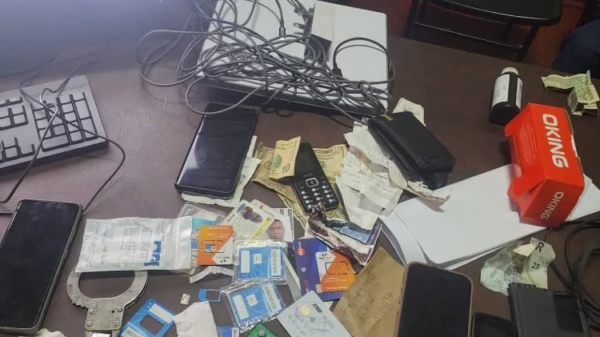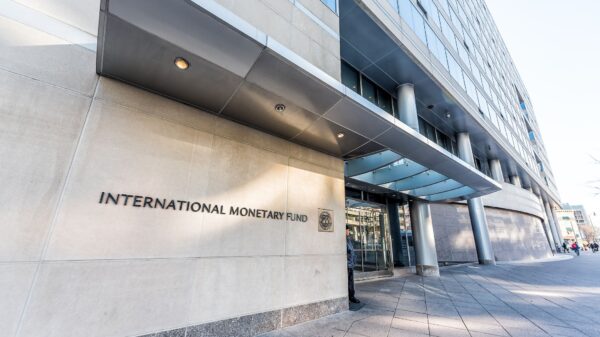In our increasingly digitized world, our lives are inseparable from technology. From cherished memories stored in digital photo albums to valuable assets held in online accounts, our digital footprint has become a significant component of our overall legacy. Yet, despite the prevalence of our digital presence, many individuals overlook the importance of digital estate planning for the management and distribution of their digital assets once they pass away.
Neglecting digital estate planning can lead to confusion, disputes, and even loss of valuable assets for loved ones left behind. This comprehensive guide aims to shed light on the nuances of digital estate planning, providing practical insights and actionable steps to help individuals secure their digital legacy effectively.
Understanding Digital Assets
At the core of digital estate planning lies the recognition and cataloging of digital assets. These assets encompass a wide array of items, including email accounts, social media profiles, digital photos and videos, online banking and investment accounts, cryptocurrency holdings, intellectual property stored digitally, subscriptions and memberships, and personal documents and files stored in the cloud.
Compiling a comprehensive inventory of these assets, including login credentials, account numbers, and relevant access information, forms the groundwork for effective digital asset management.
Appointing a Digital Executor
Once digital assets have been identified and cataloged, the next crucial step is to appoint a digital executor. Similar to a traditional executor who oversees the distribution of physical assets, a digital executor is responsible for managing the digital estate after the individual’s passing.
Selecting a trusted individual who is technologically savvy and capable of carrying out the individual’s wishes is vital. The digital executor plays a pivotal role in executing the digital estate plan, ensuring that digital assets are handled according to the individual’s wishes and in compliance with relevant laws and regulations.
Crafting Your Digital Estate Plan
With the digital inventory and executor in place, it’s time to craft the digital estate plan. This plan should outline how the individual wants their digital assets to be managed and distributed after their passing. Considerations may include instructions for accessing and managing digital accounts, preferences for preserving or deleting social media profiles, guidance on the transfer or disposal of valuable digital assets, provisions for protecting sensitive information and maintaining privacy, and directions for digital memorials or tributes.
ALSO READ: Understanding Bitcoin Halving and Its Impact on the Crypto Market
Regularly reviewing and updating the digital estate plan to reflect changes in digital assets or preferences is essential. By keeping the plan current, individuals ensure that their wishes are accurately represented and can be effectively executed when the time comes.
Navigating the Legal Landscape
Digital estate planning involves navigating complex legal considerations as laws governing digital assets vary by jurisdiction. Consulting with legal experts who specialize in estate planning can help ensure that the digital estate plan complies with applicable laws and regulations. Attorneys can provide guidance on drafting and implementing the plan, as well as addressing legal considerations that may arise.
Protecting Digital Assets and Information
Taking proactive steps to protect digital assets and sensitive information is crucial. Utilizing secure password management tools, encryption technologies, and other cybersecurity measures can help safeguard the digital estate against unauthorized access or tampering.
Effective Communication with Loved Ones
Throughout the planning process, effective communication with loved ones is key to successful implementation. Ensuring that loved ones are aware of digital assets, the chosen digital executor, and the specifics of the digital estate plan is essential. Providing clear instructions and access to relevant documents empowers the executor and loved ones to carry out the individual’s wishes with confidence and clarity.
Preserving Your Legacy
Digital estate planning goes beyond preserving digital assets; it is about preserving one’s legacy and ensuring that wishes are honored and respected after one’s passing. By taking proactive steps to create a comprehensive digital estate plan, individuals can provide peace of mind for themselves and their loved ones, knowing that their digital legacy will be managed according to their wishes.

For comments, Feedback and Opinions do get in touch with our editor on WhatsApp: +44 7949 297606.









































